THE Citron DS it is one of the most innovative cars ever. Presented at the 1955 Paris Salon, it began by attracting attention with its bold and aerodynamic design, imagined by Flaminio Bertoni and André Lefèbvre, and it never stopped surprising when people became aware of its numerous technological innovations.
It was designed to be a (very) comfortable saloon, without any sporting responsibility, but ended up being “caught” on the rally drivers' radar at the time. This is because it had a series of characteristics that could make it a competitive rally machine. From refined aerodynamics to exceptional behavior (thanks to its legendary hydropneumatic suspension), to excellent traction (at the front, an unusual feature at the time) or to the front disc brakes.
It lacked the performance of its engine — it started with a 1.9 l of 75 hp — but its ability to deal with bad floors was unique and supreme, a characteristic that allowed it higher passage speeds, making up for the performance deficit in relation to to more powerful cars.
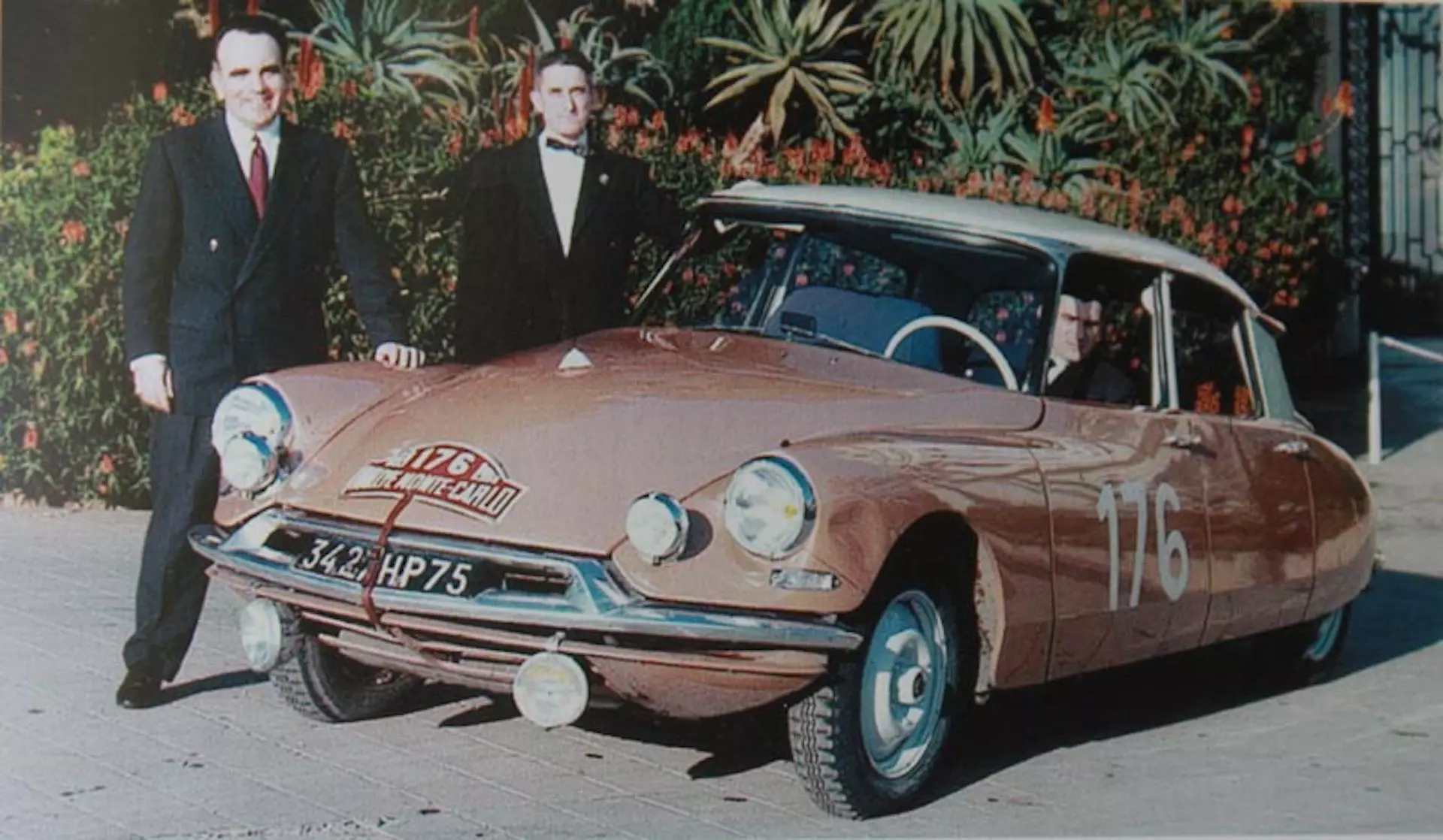
DS & ID. The differences
CItroën ID is DS simpler and more affordable. The main difference lies in the number of components/systems that used the high pressure hydraulic system. If the hydropneumatic suspension was common to both, the ID dispensed with power steering (it would be an option years later), but the braking system would be the main difference. Despite the hydraulic drive, it wasn't as sophisticated as the system on the DS, which allowed for dynamic adjustment of hydraulic pressure on the front and rear brakes depending on load. It's easy to tell them apart as the DS had a brake pedal that was a kind of "button", while the ID had a conventional brake pedal.
The Citroën DS ended up being almost “forced” to go to the competition — most pilots opted for the simplest ID — such was the “strength” that several pilots at the time did with Citroën, demanding that the “double chevron” brand ” supported them in the 1956 Monte Carlo rally.
The French manufacturer accepted the challenge and a few months later six French drivers were in the most famous rally in the world supported by them. The expectation around the debut of “boca de sapo” in rallies was high, but of the six models that were present at the start, only one reached the end… in seventh place.
It wasn't the best auspices for this adventure, but three years later, after a few more bad race results, the “luck” changed. Paul Coltelloni would win the 1959 Monte Carlo rally behind the wheel of an ID 19 and that year would also eventually become European rally champion.
A victory that was enough to reawaken Citroën's interest in rallying, with the Gallic brand having even decided to create an innovative competition department, led by René Cotton.
Several important victories followed in France and Finland, with drivers René Trautmann and Paulo Toivonen at the wheel of the ID 19, and in 1963, in the Monte Carlo rally, five Citroën “filled” five places in the “top 10” final.
The victories of “boca de sapo” would also reach Portugal, although it was necessary to wait for 1969, already after participating in the Safari rally of 1965 and a new (and controversial) triumph in Monte Carlo, in 1966 (an infamous rally still). today involved in controversy, due to the disqualification of the three Mini Cooper S that were leading the race and the 4th place, a Ford Lotus Cortina — a story for another day).
It would be in the 1969 Rally de Portugal that the Citroën ID 20 would “fly” to victory in the hands of Francisco Romãozinho.
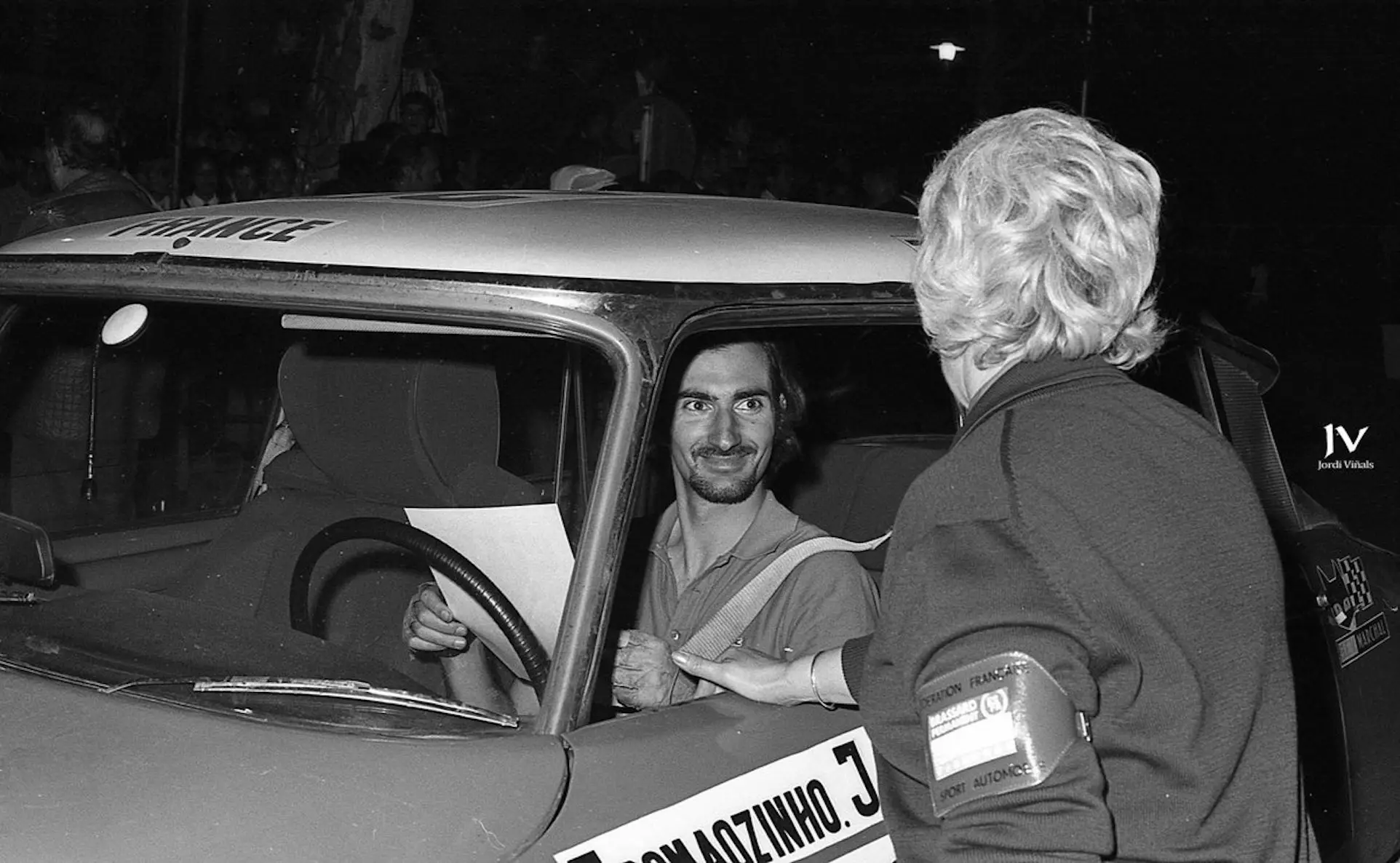
1969 TAP International Rally
At a time when the Rally de Portugal was not yet part of the World Rally Championship and was disputed in a very different way from the current ones, Francisco Romãozinho was the great protagonist, having managed to win the 1969 edition of the race.
Tony Fall, in a Lancia Fulvia HF 1600, was the big favorite. And he ended up being one of the main people responsible for this title of Romãozinho.
The Englishman, who had won the Rally de Portugal the previous year, is at the origin of one of the most unusual (and known!) stories in the Portuguese race. After stealing the lead in the race from Fernando Batista, in Montejunto, Fall arrived at Estoril ahead, with a significant advantage over Romãozinho.
However, there was an unusual twist that few had expected. The Englishman reached final control with his girlfriend inside his Lancia Fulvia HF 1600, which was prohibited by regulation, and ended up disqualified.
The notoriety of this story is endless, but some believe that the contours were not these. That Fall was disqualified and that his girlfriend was in the car is no doubt about it. But there are those who argue that this was the way found by the organization to disqualify him without raising major controversies, after suspicions that the Englishman had changed his car during one of the stages.
The truth about what happened may never come to light, but what is certain is that Francisco Romãozinho's victory at the wheel of a Citroën ID 20 remains for history.
Information about the unit used in the Portuguese race is scarce, but it is estimated that the ID 20 used by Romãozinho preserved the four-cylinder gasoline engine with 1985 cm3 and 91 hp that equipped the series model.
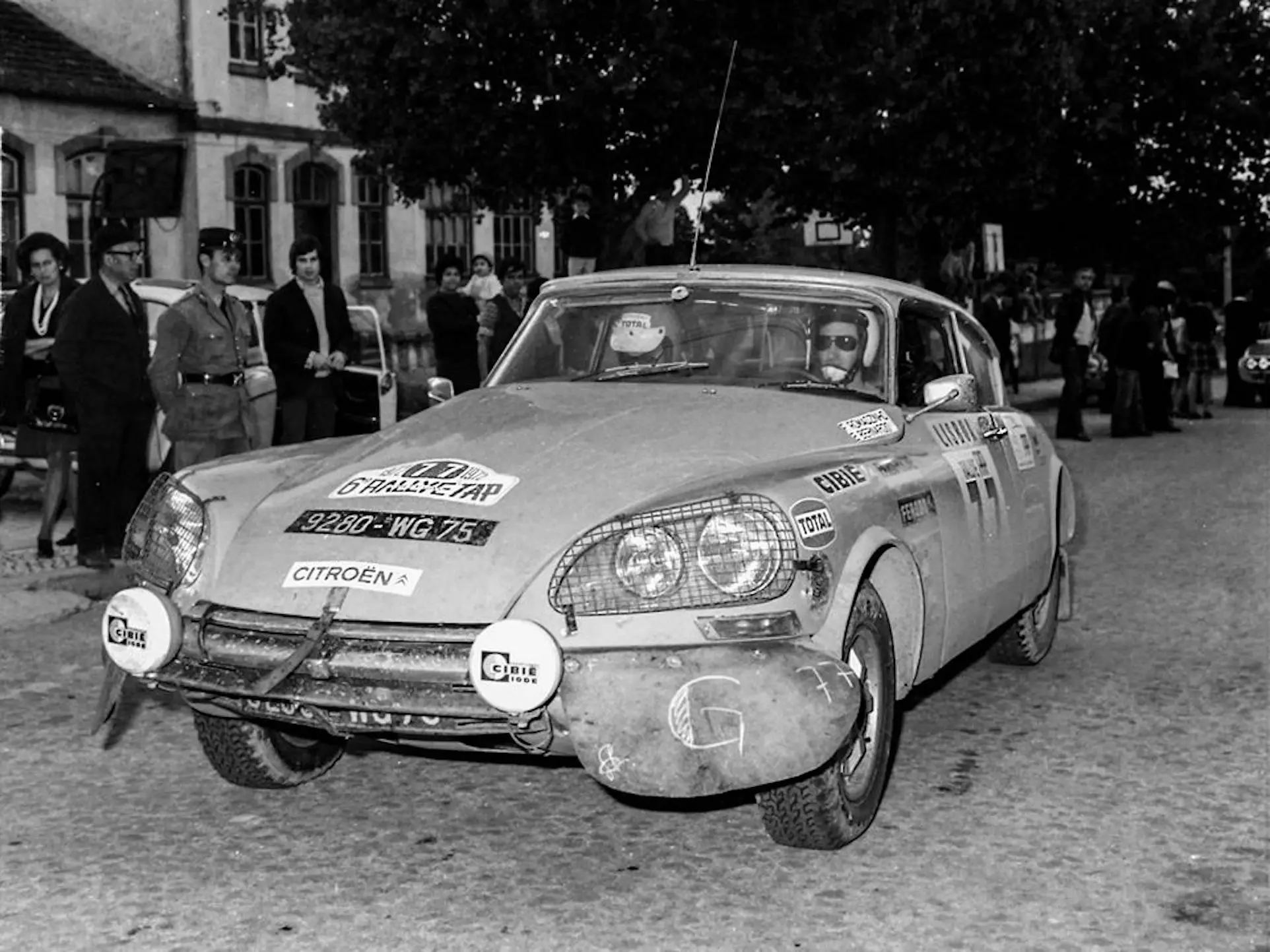
“It was big, but it drove like a Mini”
The words are from Romãozinho himself, in 2015, on the occasion of the 60th anniversary of the French model, in an interview with Rádio Renascença.
“It was a car way ahead of its time”, confessed the driver from Castelo Branco, who died in 2020. “Just to give an example, at the time, it already had an automatic sequential gearbox, something that only reached cars many years later of Formula 1”, he said.
In the same interview, Romãozinho confessed that his relationship with the famous “boca de toad” was “a love relationship” and that he felt “very sorry when it stopped being produced” in 1975.
Romãozinho also recalled the hydropneumatic suspension that fitted the French saloon and admitted that this was “the spectacular part of the car”, which despite being large — 4826 mm long — “was driven like a Mini”.
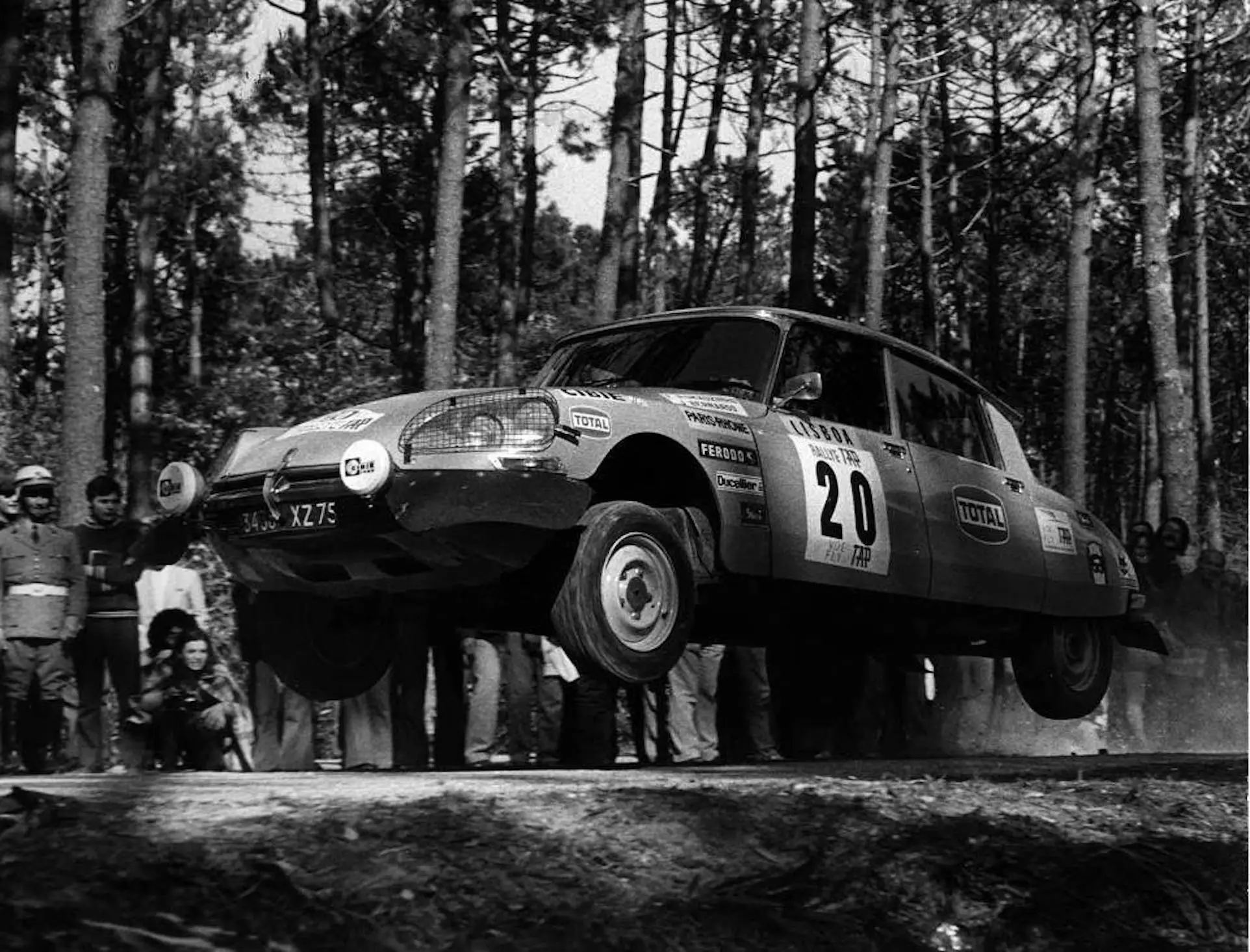
Citroën official pilot
Romãozinho was also the first Portuguese rally driver to drive an official car, a Citroën DS 21, and in 1973 he returned to participate in the Rally de Portugal, which was already part of the World Rally Championship, but with the Citroën Competition team.
Francisco Romãozinho had a spectacular race and took the DS 21 to third place in the general ranking, losing only to the Alpine Renault A110s run by Jean Luc Therier and Jean-Pierre Nicolas.

Hand in hand with Portugal
The history of “boca de toad” will always be linked to our country. According to the ID-DS Automóvel Clube, it is estimated that there are around 600 Citroën DS in Portugal, which attests well to the relationship of the Portuguese with this model.
But as if all this were not enough, the “boca de toad” was also produced in our country, in the 70s, at the Citroën production unit in Mangualde.
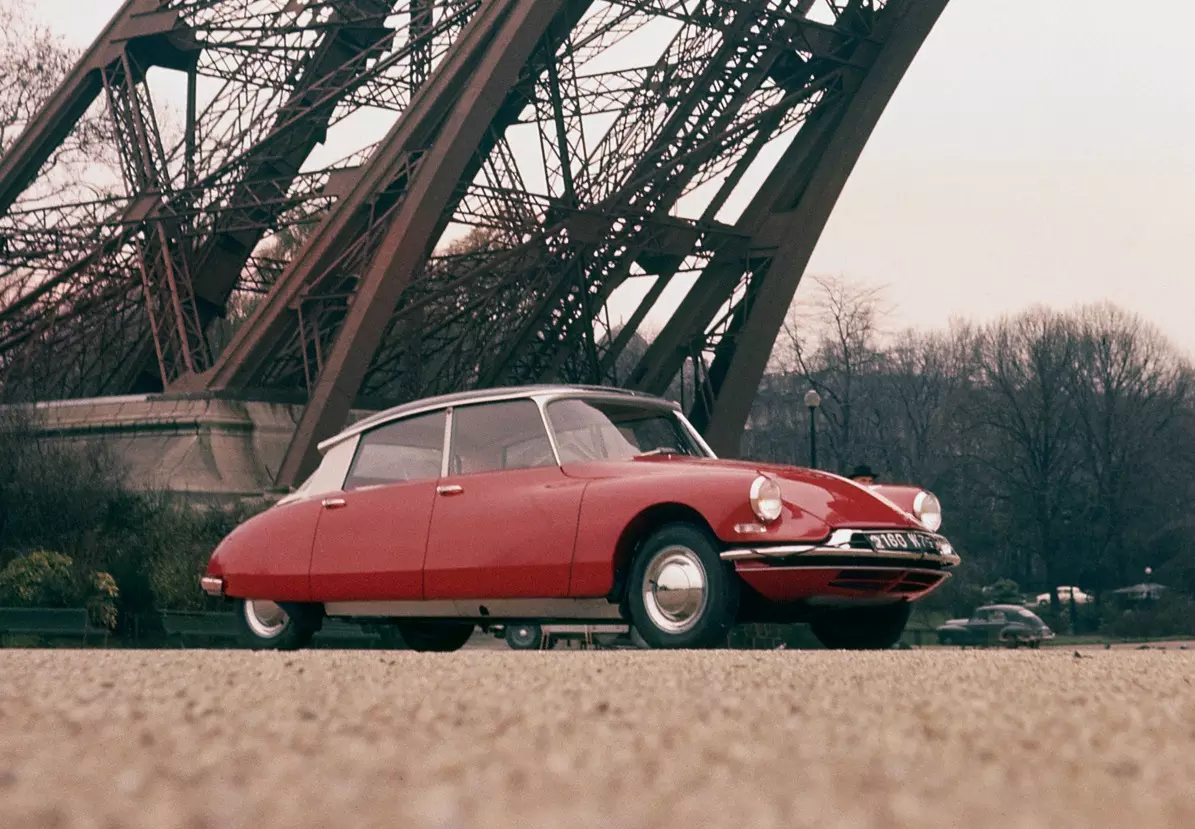
For being so special, for having been created without any sporting ambition and for its bold image, the Citroën DS continues to “carry” the title of the strangest, bizarre or intriguing car ever to win the Rally de Portugal. And we don't think I'll ever lose it...
